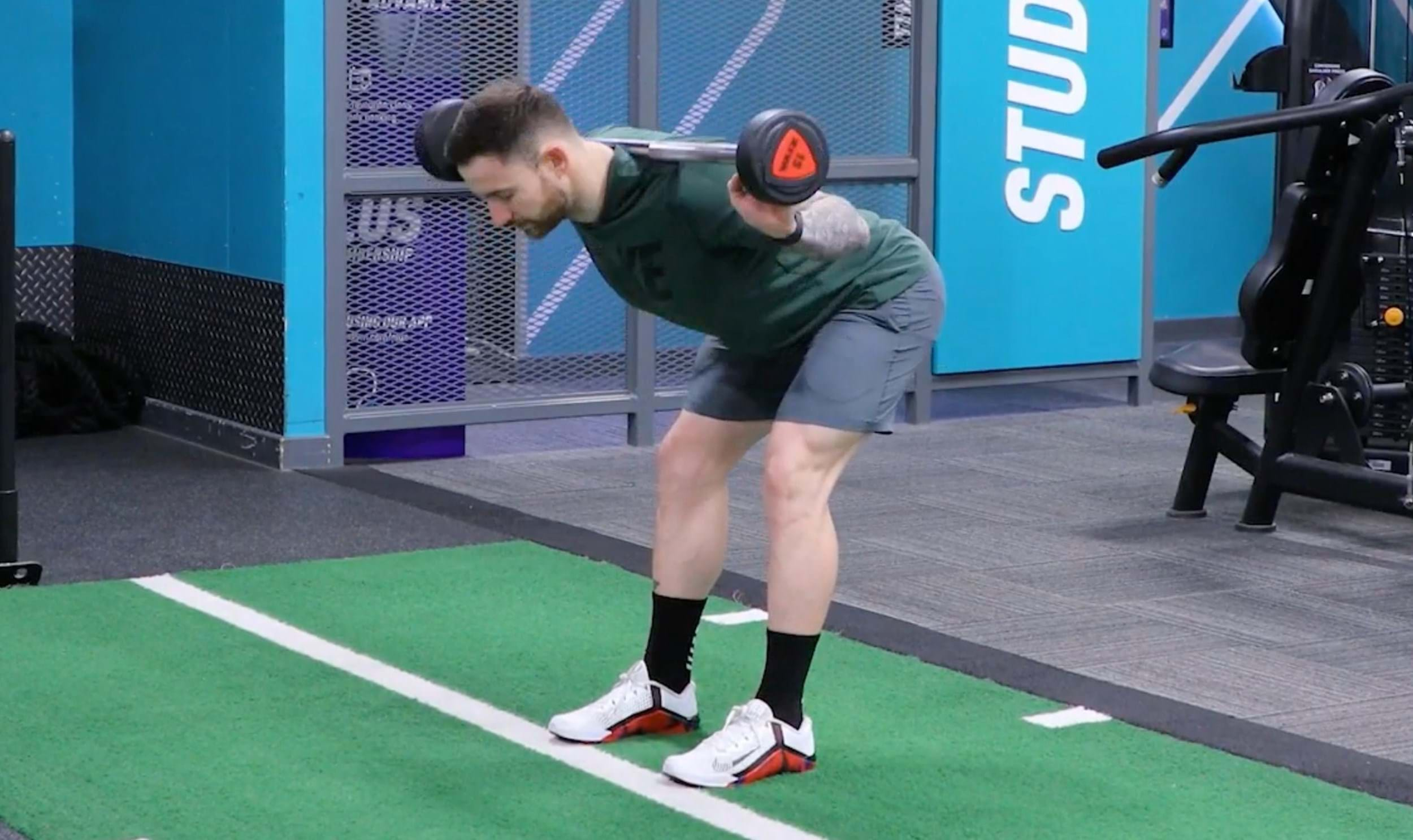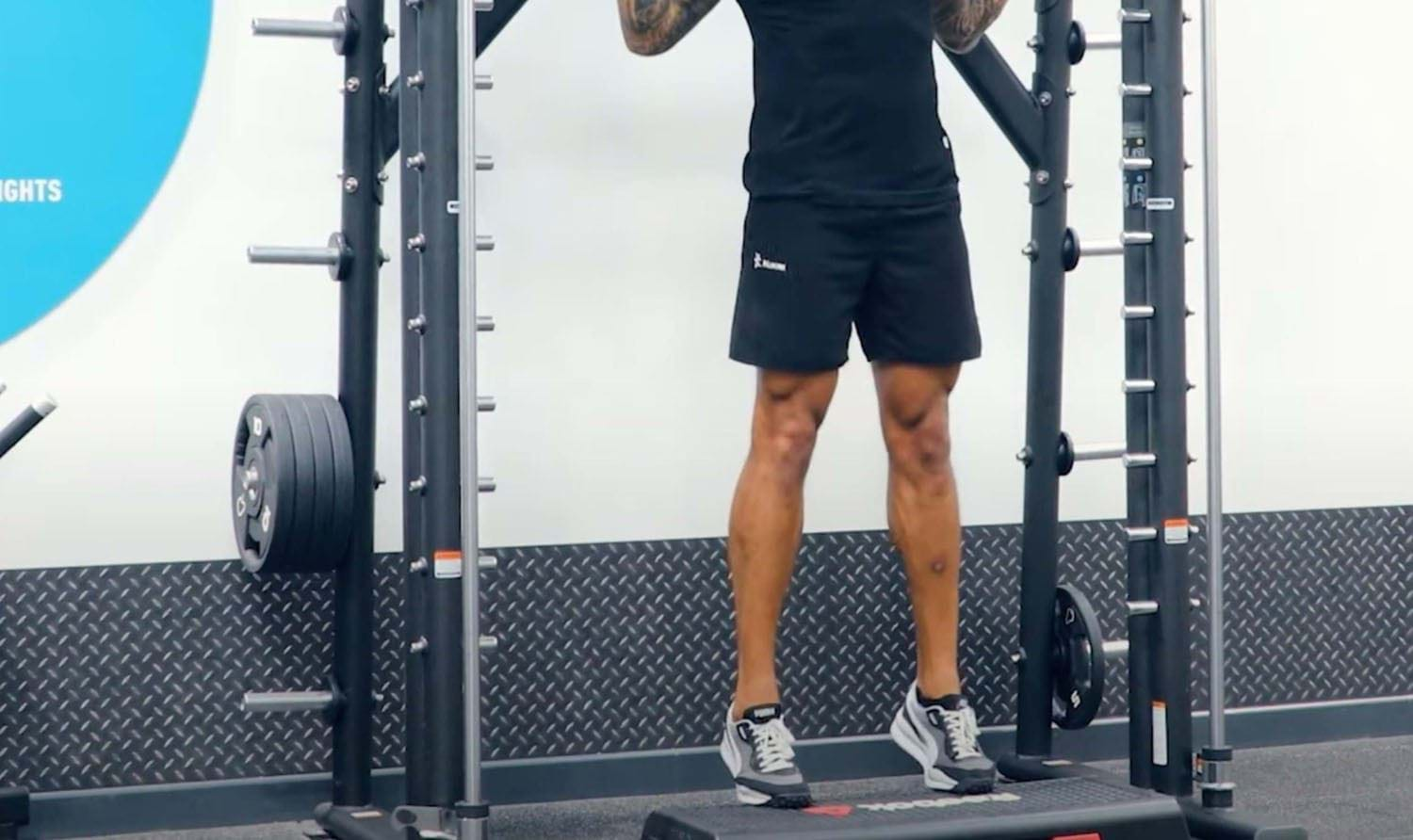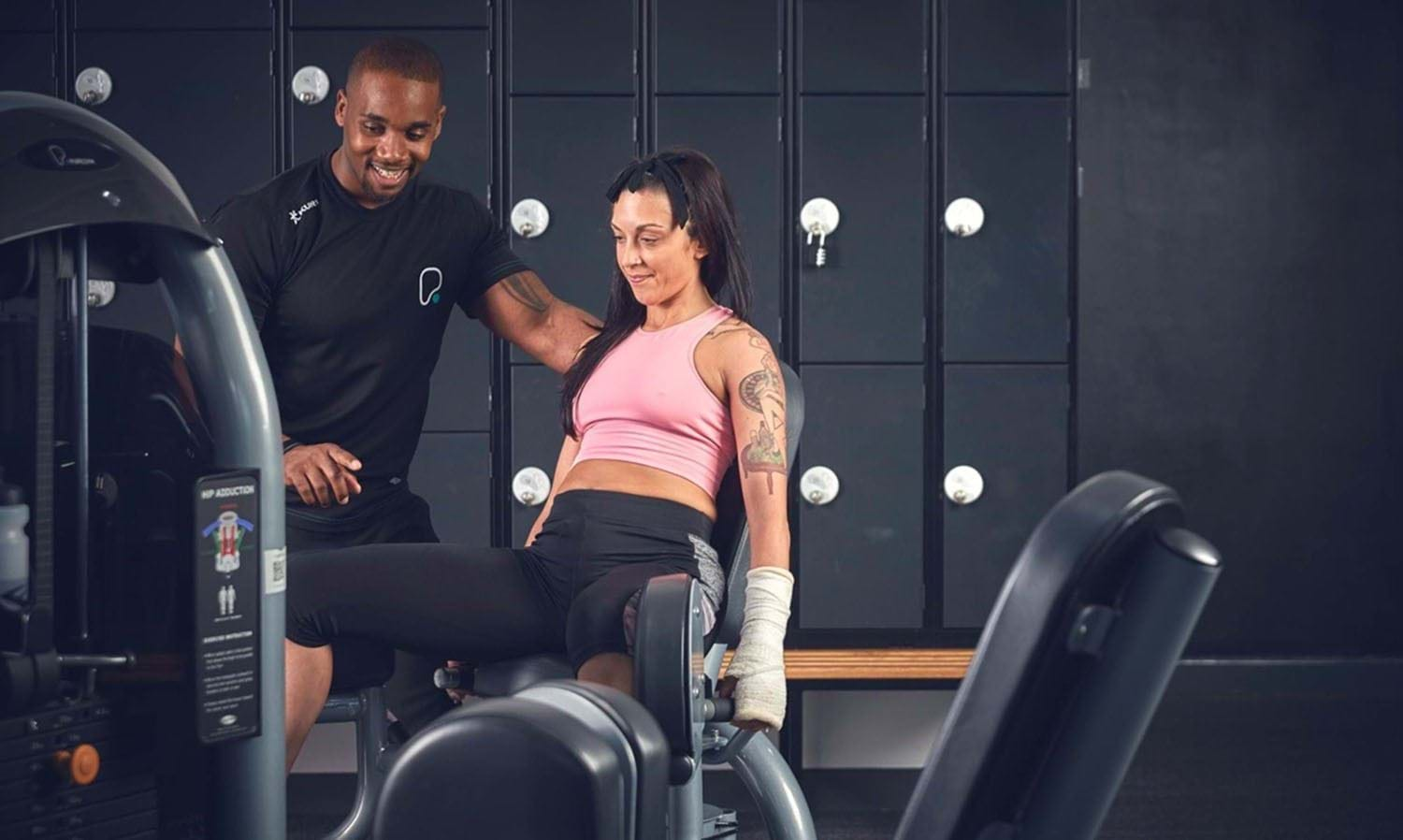Leg Exercises
Why should I train legs?
No matter what your goals are, there are many health benefits when it comes to training legs. This includes:
- Improving functional strength: helping you do daily activities at ease such as walking, sitting down and standing back up.
- Improving muscle building efforts: Some of our leg muscles are the largest in our body, meaning that working on these large muscle groups will allow you to effectively build more muscle mass and increase strength.
- Symmetry: Although having a symmetrical balanced physique is more of an aesthetic concern, it is also important to recognise that combining lower body training with upper body will carry over to your results and performance in the gym.
So whether you're new to working out or a fitness pro, leg exercises are a staple to include in your exercise routine. Tone your lower body with the leg exercises below, ranging from squats, deadlifts, lunges and glute bridges.
Click on the different leg muscles below for video demonstrations and step-by-step guides on exercises which target the different muscles.
Check out some of our other exercise guides: Ab exercises, Arm and shoulder exercises, Back exercises, Chest exercises, Full body exercises, Glute exercises

The hamstrings are the group of muscles that span the back of your upper legs:
- Semitendinosus
- Semimembranosus
- Biceps femoris

The quads are made up of four muscles that make up the front and side of your thigh:
Vastus lateralis Vastus medialis Vastus intermedius Rectus femoris

Your calves are made up of two muscles which sit on the lower back leg:
- Gastrocnemius
- Soleus

Your adductors are a group of five muscles on the inside of your thighs, while your abductors are the muscles that sit on the outside of the hip.
There are many reasons to train your lower body, particularly your legs and lower back. Training your lower body is pivotal for increased strength, muscle growth, and can help to improve your mood through exercise. Also, having an equally proportioned body looks good and is beneficial for overall health.

If you’re not sure if any of the above exercises are suitable for you, please consult your doctor before you start it. Need guidance on how to perform the exercise? Ask a personal trainer at your gym.